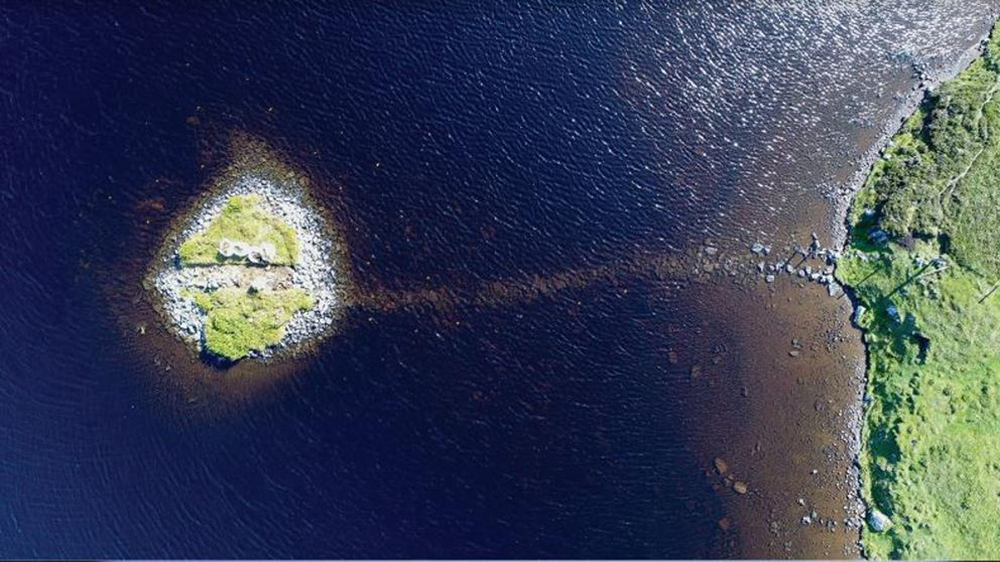
These islands are called "crannog"; the etymology of the Gaelic word is not clear, but is related, according to experts, to wood. It has long been known that crannogs are not natural islands, they are man-made structures. However, so far they believed that these islands had been used until the 18th century BC. Its construction dates back to 800 years of the Iron Age. In 2016, archaeologists Duncan Garrow of the University of Reading and Fraser Sturt of the University of Southampton decided to study these artificial islands in more detail from the three lakes mentioned on the portal. The results have been published a few weeks ago in Antiquity magazine: According to carbon dating 14, these structures are in the order of DC. They were built between the years 3640 and 3360, well before what was thought.
These results have a reliability close to 95%. Other samples studied in the islands and surroundings also confirm the dates. But archaeologists have not found neolithic structures in crannogs and say more excavations will have to be done.
However, tests of the neolithic origins of Crannog emerged shortly before, in 2012, after thousands of years of immersion at sea. That same year, diver Chris Murray discovered pretty well preserved pieces of ceramics around the islands from the Neolithic Age. The number of pieces found – 22,000 pieces found so far – and large well-preserved fragments indicate that ceramic containers were intentionally thrown into the water, probably for ritual purposes.
There is no doubt that they were of great importance to these human beings, who made a great effort in the gradual construction of islands between 10 and 30 meters, archaeologists believe that they used them to perform ritual transitions (between life and death, between childhood and adulthood…). But it is still early to confirm hypotheses, as there is little news about this type of activity of the same time; Stonehenge is a thousand years newer than crannogs.
In addition, data may be older, as so far only 10% of crannogs in Scotland have been dated. In total, the Neolithic men built 570 crannogs in today’s Scotland, and several hundred more in Ireland, thousands of years before the “innovative” artificial islands of Dubai.
It would not be wrong to remember the risks of water at this time when we are completely submerged in the summer of 2024. In general, we all remember wonderful moments in aquatic areas, but periodically, some tragic news moves us in the headlines of the media. To think that... [+]
In 2019, in the waters of the Greek island of Cases, the National Hellenic Research Foundation and the Greek Ministry of Culture began a study. The result of the work has been recent and in total ten traces of boats have been found at different times. The oldest is about 5,000... [+]
Plastikozko 25.000 kilo bolatxo isuri zituen Galiziako kostaldean Toconao itsasontziak abendu hastapenean. Ordutik, kutsadura horrek euskal kostaldean ukan dezakeen eraginari aitzina hartzeko, Euskal Hirigune Elkargoa eta Eusko Jaurlaritza erne ezarri dira. Elkargoak,... [+]